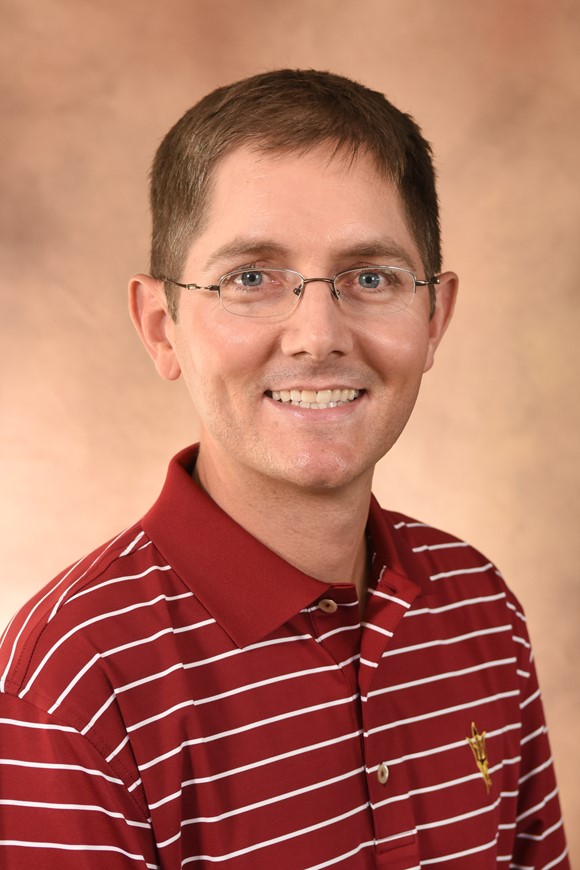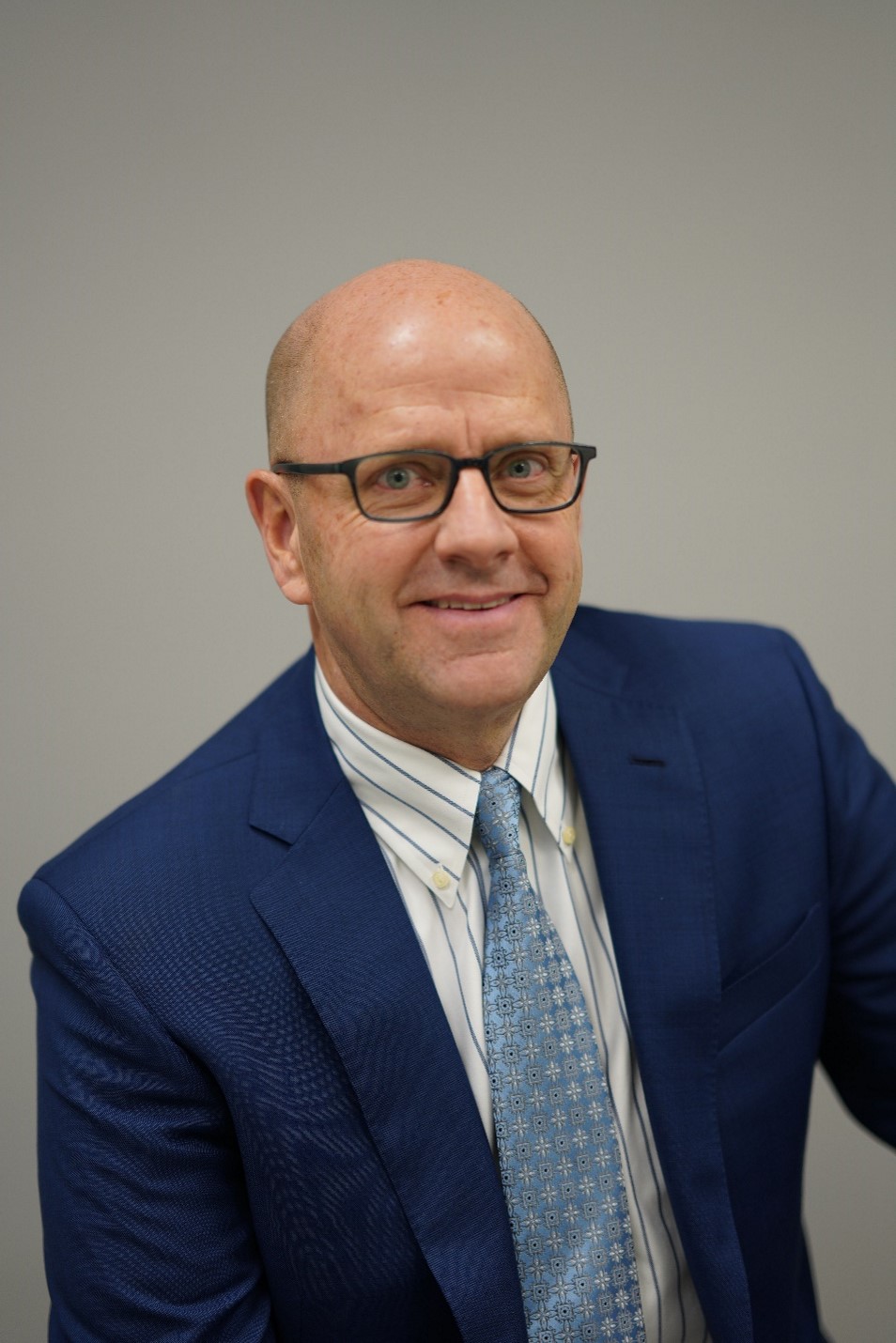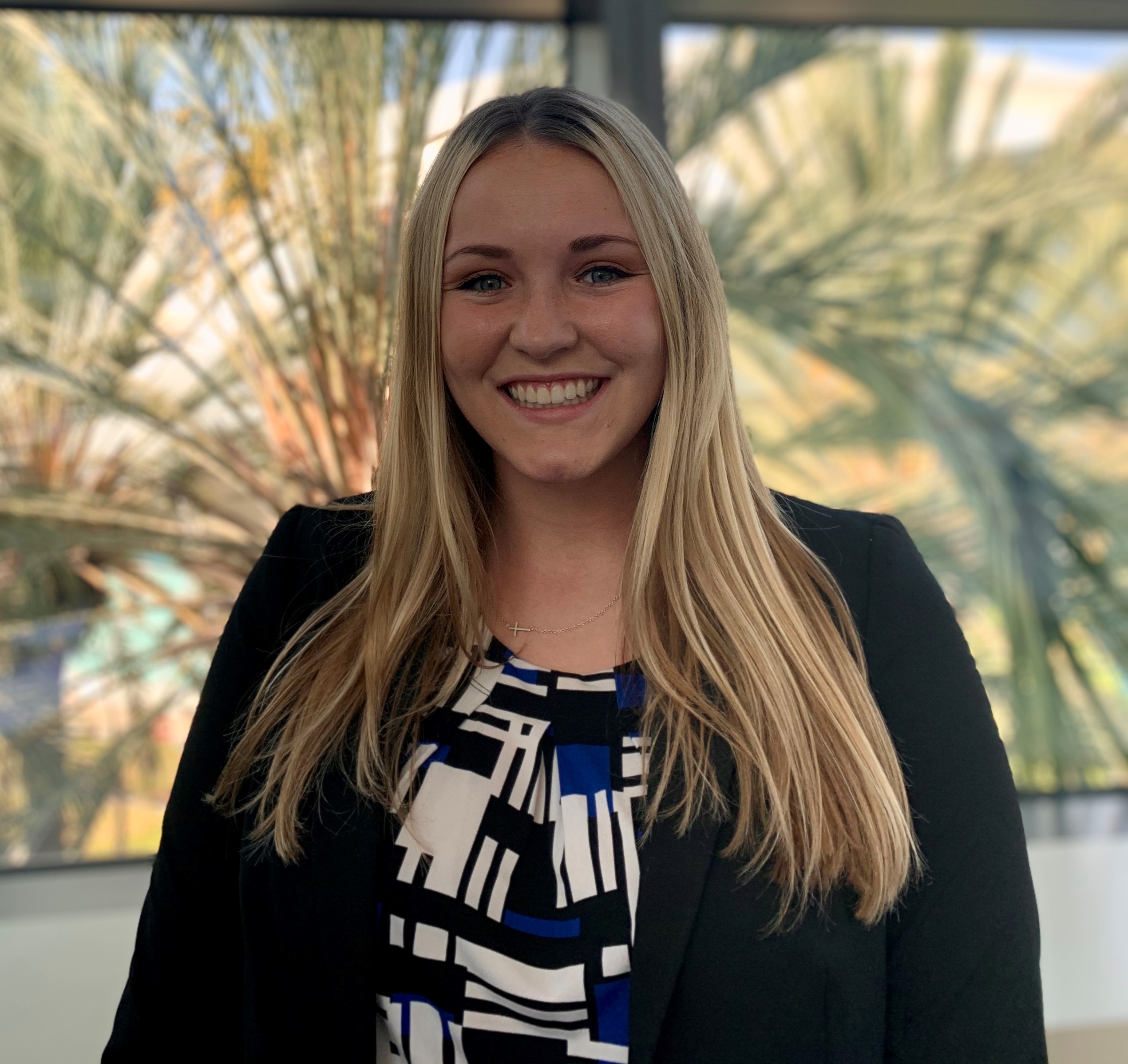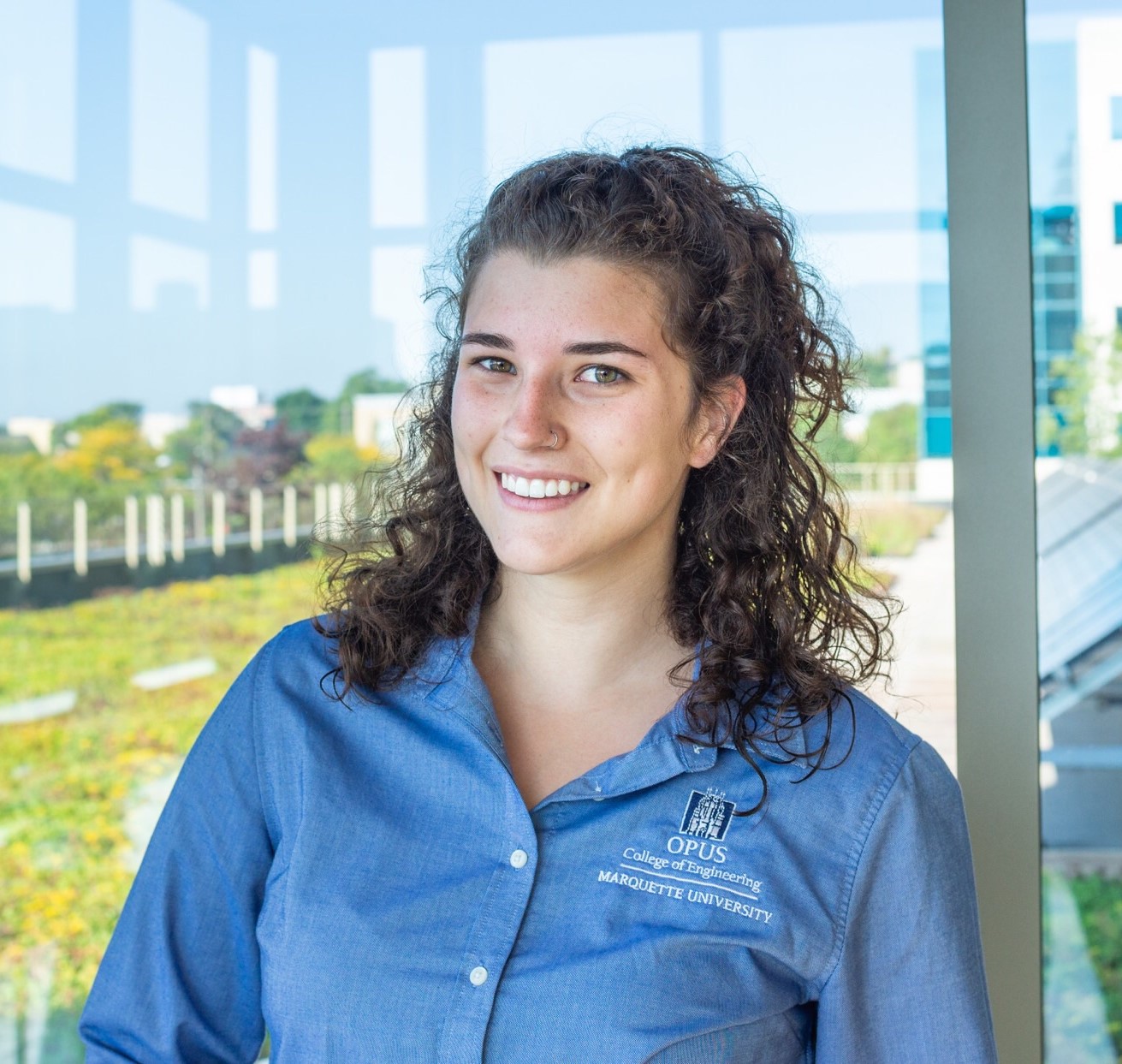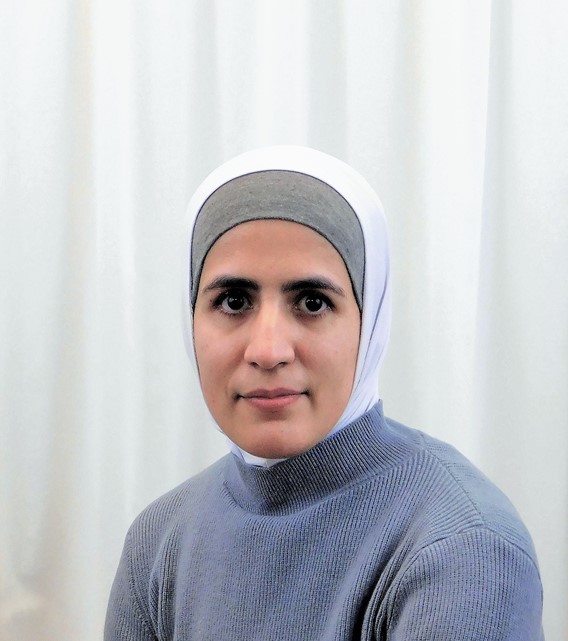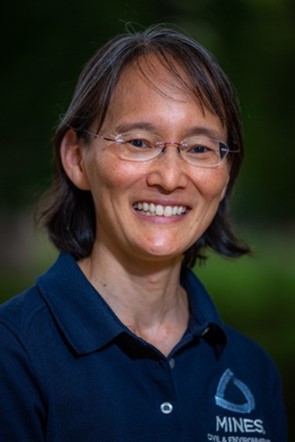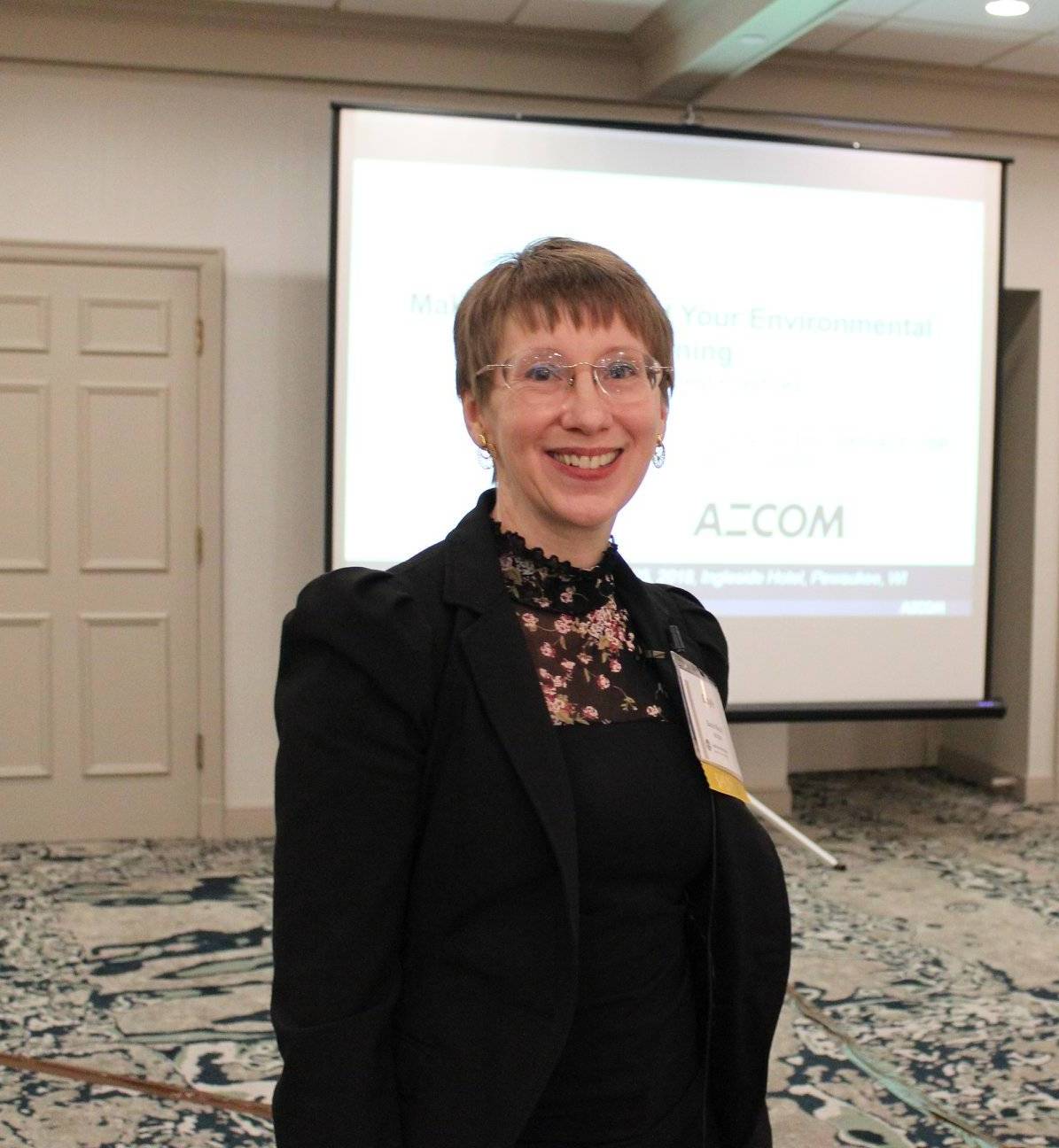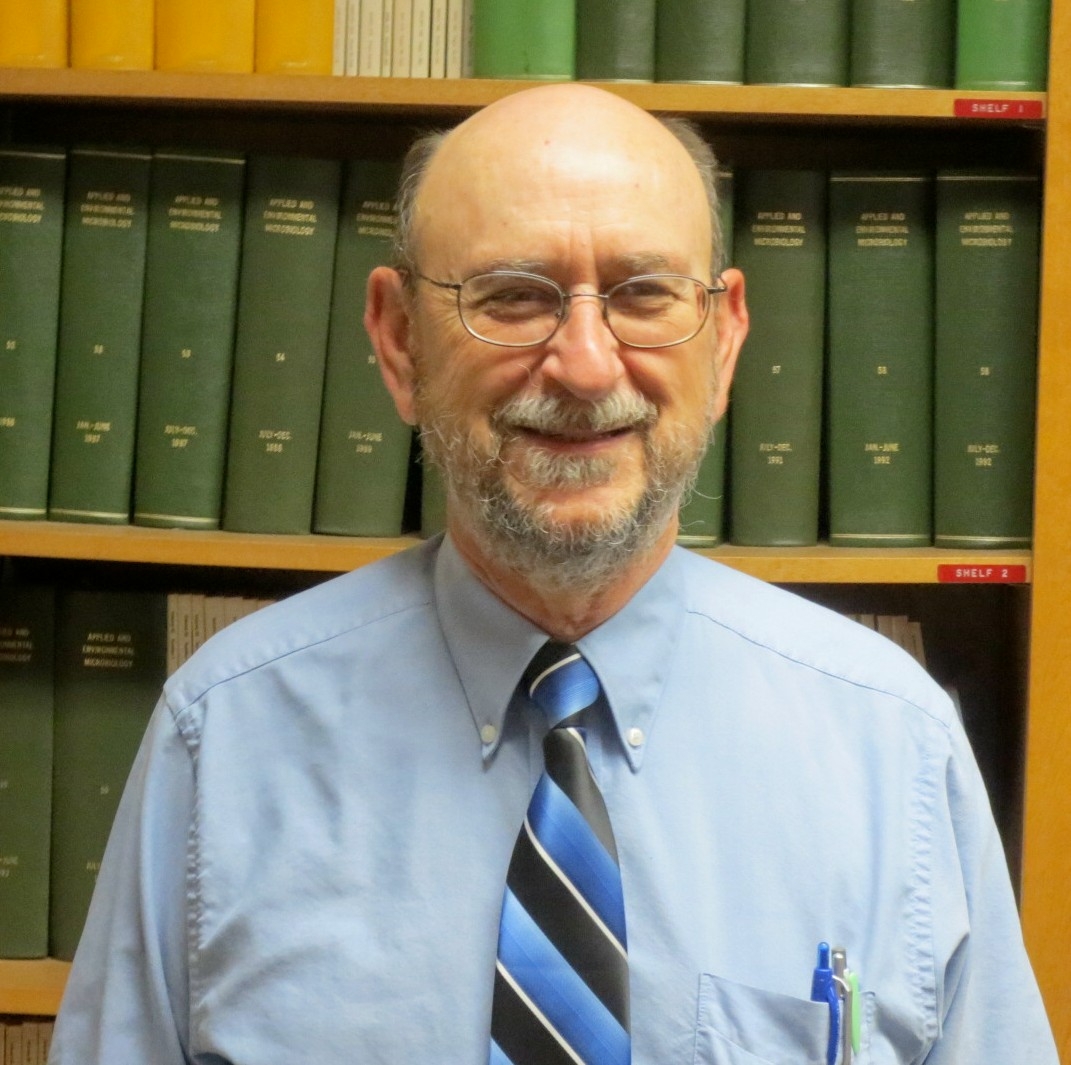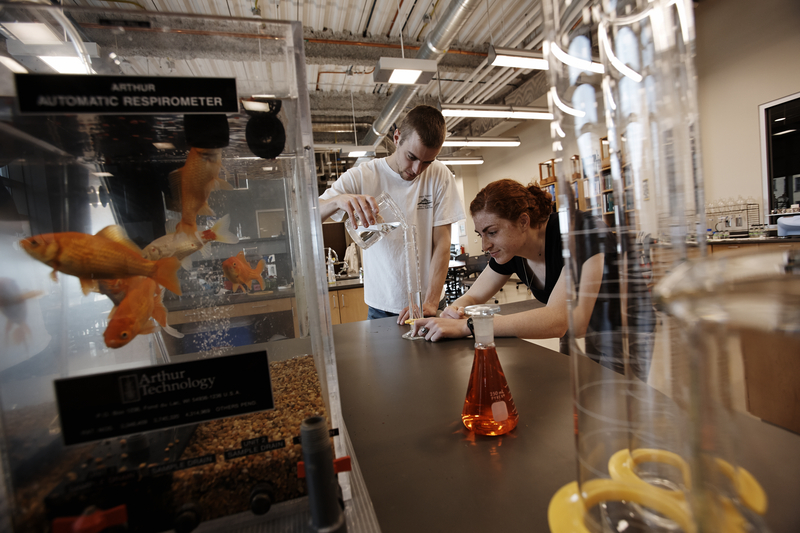Jacob Jones, Ph.D.
Distinguished Professor of Material Science and Engineering
Director of the NSF-sponsored STC (Science and Technology Center)
North Carolina State University
Dr. Jacob Jones is a Distinguished Professor of Materials Science and Engineering (MSE) at NC State University, Director and Principal Investigator of the Science and Technologies for Phosphorus Sustainability (STEPS) Center (www.steps-center.org, an NSF STC), and Director and Principal Investigator of the Research Triangle Nanotechnology Network (www.rtnn.org, an NSF NNCI site). Jones received his PhD from Purdue University in 2004, after which he completed an international postdoctoral fellowship from the National Science Foundation at the University of New South Wales in Sydney, Australia. He was an Assistant and Associate Professor in the Department of MSE at the University of Florida from 2006-2013 and joined NC State in 2013. Jones’ research interests involve developing a fundamental understanding of inorganic materials during their synthesis and use, e.g. through the use of in situ synchrotron Xray scattering experiments. Jones has published over 269 papers (h-index=52, GoogleScholar) on these topics. Jones is a Fellow of the IEEE Society and the American Ceramic Society and has received numerous awards for his research and education activities, including an NSF CAREER award, a Presidential Early Career Award for Scientists and Engineers (PECASE) from President Obama, the NC State College of Engineering George H. Blessis Outstanding Undergraduate Advisor Award, and the 2019 NC State Alumni Association Outstanding Research Award.
Abstract
STEPS: A Convergence Research Center for Phosphorus Sustainability
Phosphorus (P) is a critical component of cellular structures like DNA and processes like energy transfer and underpins the productivity of food systems as a key nutrient in fertilizers. Yet many challenges exist around the availability, application, management, and disposal or reuse of P: P is sourced from non-renewable phosphate rock, is inefficiently utilized in food systems, and accumulates in terrestrial systems such as soils and freshwater sources, the latter of which causes harmful algal blooms and hypoxia of marine life. Without intervention, the environmental, economic, and sustainability issues involving phosphorus will escalate with continued world population growth. In fact, a paradigm shift is needed in how we discover and develop materials, technologies, and strategies to control, recover, reuse, and manage phosphorus such that the solutions can have a transformative impact on improving the circularity of the P cycle.
This seminar will introduce the Science and Technologies for Phosphorus Sustainability (STEPS) Center, a recently announced, NSF-supported Science and Technology Center (STC). STEPS is a convergence research center that addresses the complex challenges in phosphorus sustainability by integrating disciplinary contributions across the physical, life, social, and economic sciences. STEPS draws from atomic and molecular insights (e.g., chemistry, materials research, biochemistry, bioengineering) to develop materials and technologies that are deployed at the human scale (e.g., environmental and agricultural engineering, plant biology, crop and soil sciences) while considering supply-chain logistics, life cycle, and other regional and global issues (e.g., ecology, economics, sociology, policy). STEPS further leverages disciplinary contributions that transcend length scales and serve as integration mechanisms within the Center (e.g., science of team science, data science). Some very early work undertaken by STEPS will be highlighted, using an example project by the presenter involving the use of metal oxides and related materials for phosphorus sorption.

